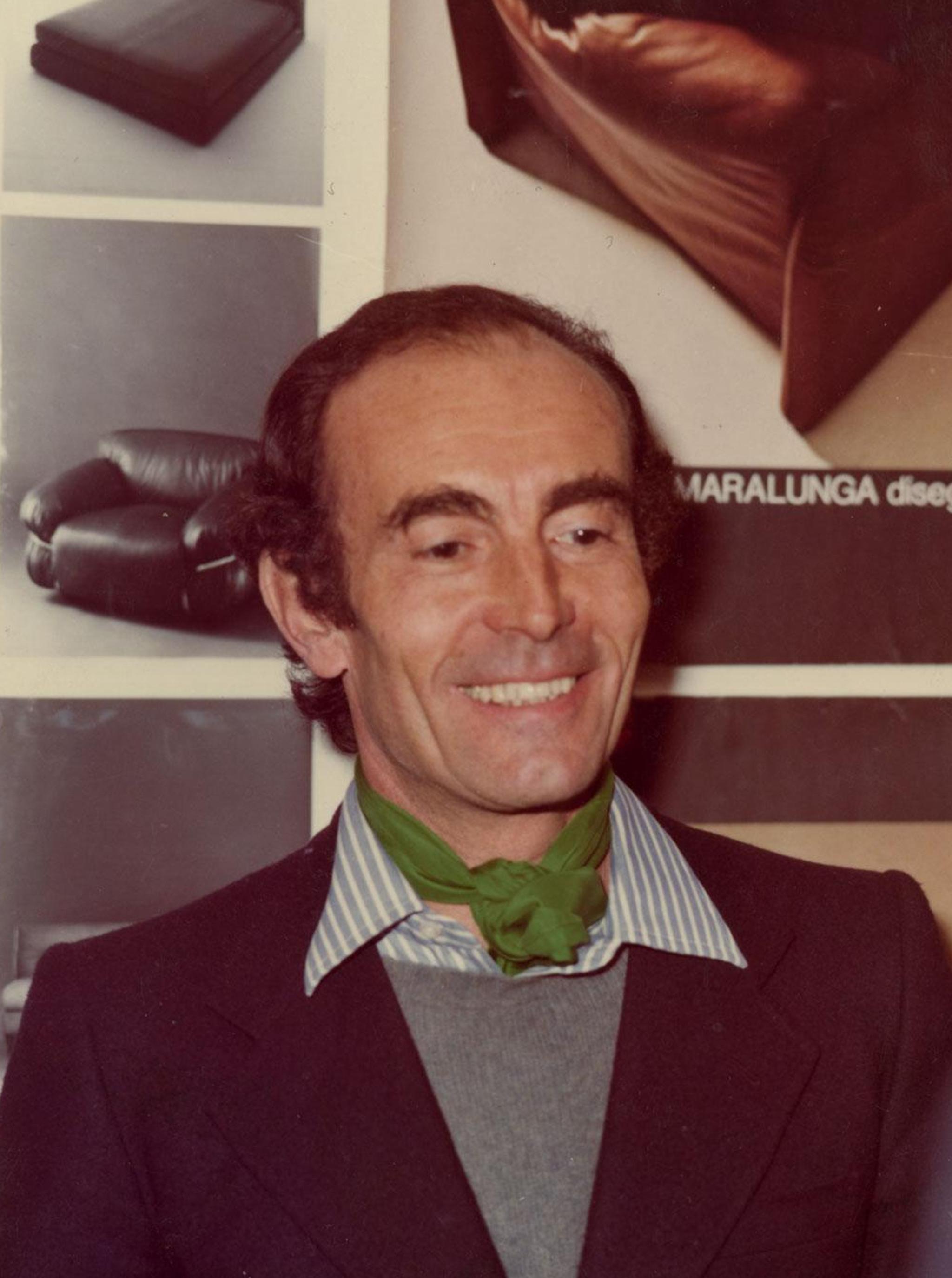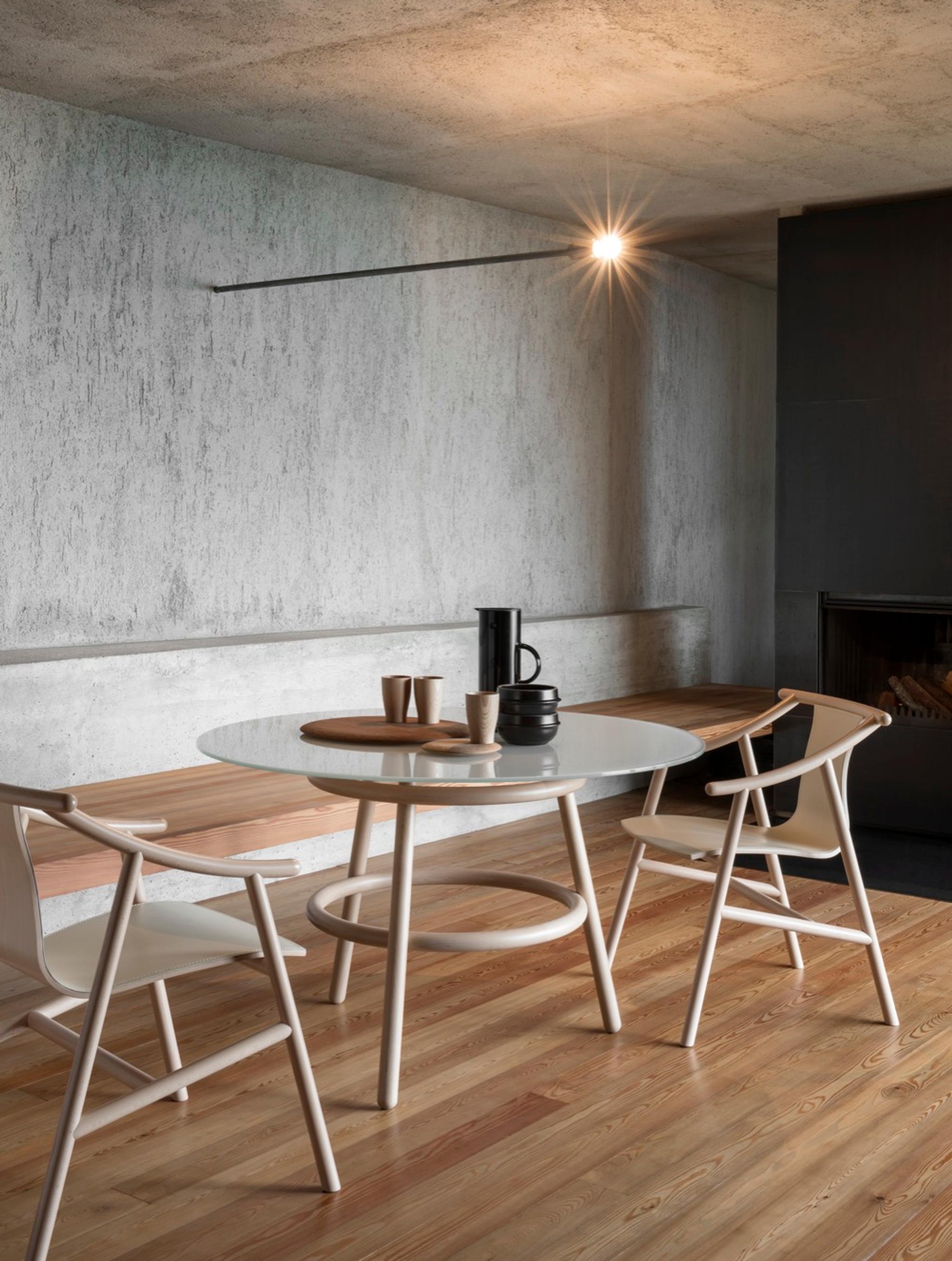
Cassina
Nuvola Rossa Bookcase by Vico Magistretti #2
4.960 EUR
Ships in 10-11 weeks

Vico Magistretti was an Italian architect and designer who devoted his career to the theme of living. Creator of provocative buildings, elegant home interiors and some of the most revolutionary design pieces of history, Magistretti found the key in simplicity to build his own stylistic language.


Ludovico Magistretti was born in Milan in 1920. Son of a long generation of architects, Vico – as he was called – studied architecture between the cities of Milan and Lausanne. While in Switzerland, he met Ernesto Nathan Rogers, founder of famous BBPR architecture’s firm. This encounter was decisive for Vico’s following intellectual and professional education. He graduated from Politecnico di Milano in 1945 and subsequently worked at his father’s firm, where he remained for more than 60 years.
In 1947 and 1948, Magistretti joined Castiglioni, Zanuso, Gardella and Albini in the exhibitions organized by artist and fabrics producer Fede Cheti. Between 1949 and 1959, he actively participated in the renovation of Milan, by collaborating with other architects and engineers for the realization of multiple interventions aiming at the development of the city’s residential area. Awarded with Medaglia d’oro and Grand Premio, during respectively the 9th and 10th editions of Triennale, a prestigious cultural institution in Milan, Magistretti soon proved to be one of the brightest exponents among his contemporaries.

Cassina
4.960 EUR
Ships in 10-11 weeks

Cassina
12.945 EUR
Ships in 6-7 weeks

Cassina
4.960 EUR
Ships in 10-11 weeks

Gebrüder Thonet Vienna GmbH (GTV) – Wiener GTV Design
820 EUR
Ships in 4-5 weeks

Cassina
5.690 EUR
Ships in 10-11 weeks

Gebrüder Thonet Vienna GmbH (GTV) – Wiener GTV Design
1.090 EUR
Ships in 4-5 weeks
At Congresso internazionale di Architettura Moderna (CIAM) held in Otterlo in 1959, Vico showcased his Casa Arosio in Arenzano (1956-59). This project, among other inflammatory buildings that were introduced at the event, such as Torre Velasca by BBPR and Olivetti company canteen by Ignazio Gardella, allowed Magistretti discover and define his own language. Vico’s style stands out also in his many and beautiful home interiors. From the great bourgeois apartments to the smaller condos: every project radiates an idea of living which combines elegance, freedom and confidence. These three elements are also key features of his later design.
The place we live in should be alive, full of testimonies about our present and our past, it should tell our story.


During the 1960s, Vico’s passion for the theme of living ended up monopolizing his professional activity. He fine-tuned an extremely bold style, which turned out to be largely criticized, and deeply successful at the same time. It was in this period that Magistretti started collaborating with important brands such as Artemide, Cassina and Gavina, for whom he created pieces that remained in history as great design classics. Among his best-known items: Eclisse lamp (1966) for Artemide, Maralunga sofa (1973) for Cassina and Atollo lamp (1977) for Oluce, all of which earned Vico three Compasso d’Oro over the years.
The iconic Nuvola Rossa bookcase (1977) for Cassina, characterized by simple lines and unusual forms, is another landmark of Magistretti’s unique design. This piece of furniture encapsulates the essence of creativity of its inventor, for the complexity concealing behind the essential, yet revolutionary silhouette of its design. Alongside his impressive production in the design field, Magistretti also carried out his activity of architect all his lifetime till his death in 2006. Today, his design works are kept in various museums in both Europe and America. Some are part of the permanent collections of MoMA in New York, of Victoria & Albert Museum in London, of Museum die Neue Sammlung in Munich.
Being an architect means working alone. Being a designer means always being surrounded by others: a sweet victory over solitude.